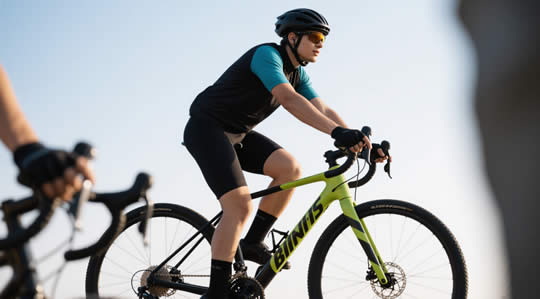Cyclists have several practical options for carrying personal items, each with distinct advantages:
- Saddle Bags: Attach under your seat, ideal for keys, wallet, phone, and small tools. Available in various sizes, they're secure and don't affect handling.
- Frame Bags: Utilize the triangle space in your bike frame. Great for larger phones, snacks, and additional items while maintaining easy access.
- Handlebar Bags: Mount to handlebars for quick-access items like phones (especially if using navigation), snacks, or cameras. Some feature clear phone-viewing windows on top.
- Top Tube Bags: Small bags that attach to the top tube near the stem, providing easy access to essentials without stopping.
- Jersey Pockets: Cycling jerseys feature 3-4 rear pockets designed specifically for carrying essentials. Secure but requires cycling-specific clothing.
- Cycling Shorts/Bibs: Some models include small pockets for keys or cards.
- Running/Fitness Belts: Slim waist belts designed for runners work well for cyclists carrying minimal items.
- Phone Armbands: Secure phones to your upper arm, though access requires stopping.
- Small Backpacks/Hydration Packs: Provide abundant storage but can cause back sweating and slightly affect handling.
For beginners, a medium-sized saddle bag offers the best combination of convenience, security, and riding comfort. They typically provide enough space for essentials (keys, wallet, phone) plus basic repair items without affecting bike handling or requiring specialized clothing.
Pro Tip: Consider minimizing what you carry by using a phone case that holds your ID and one credit card. Many cyclists create a "riding wallet" with just essential cards rather than carrying their full everyday wallet.
